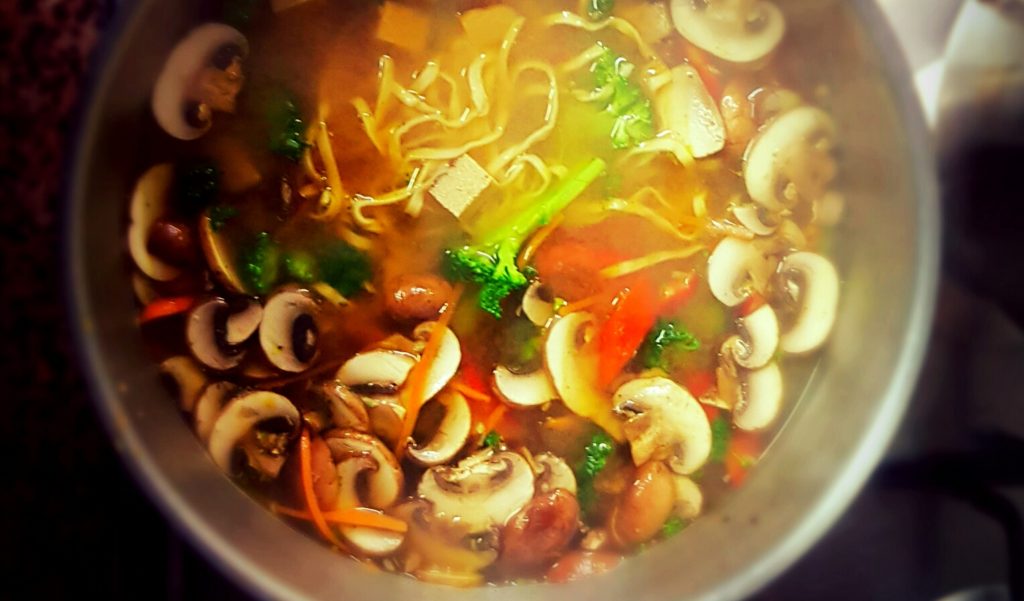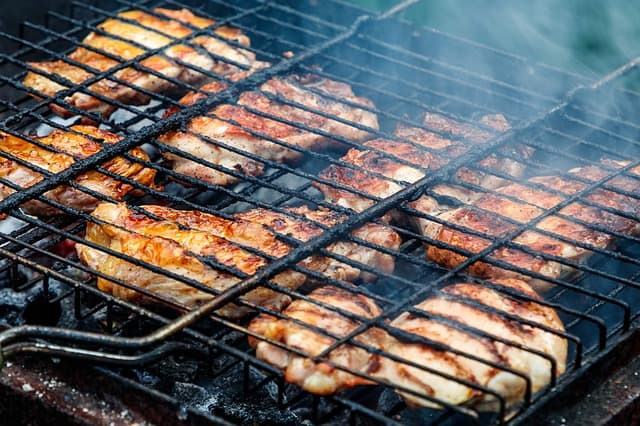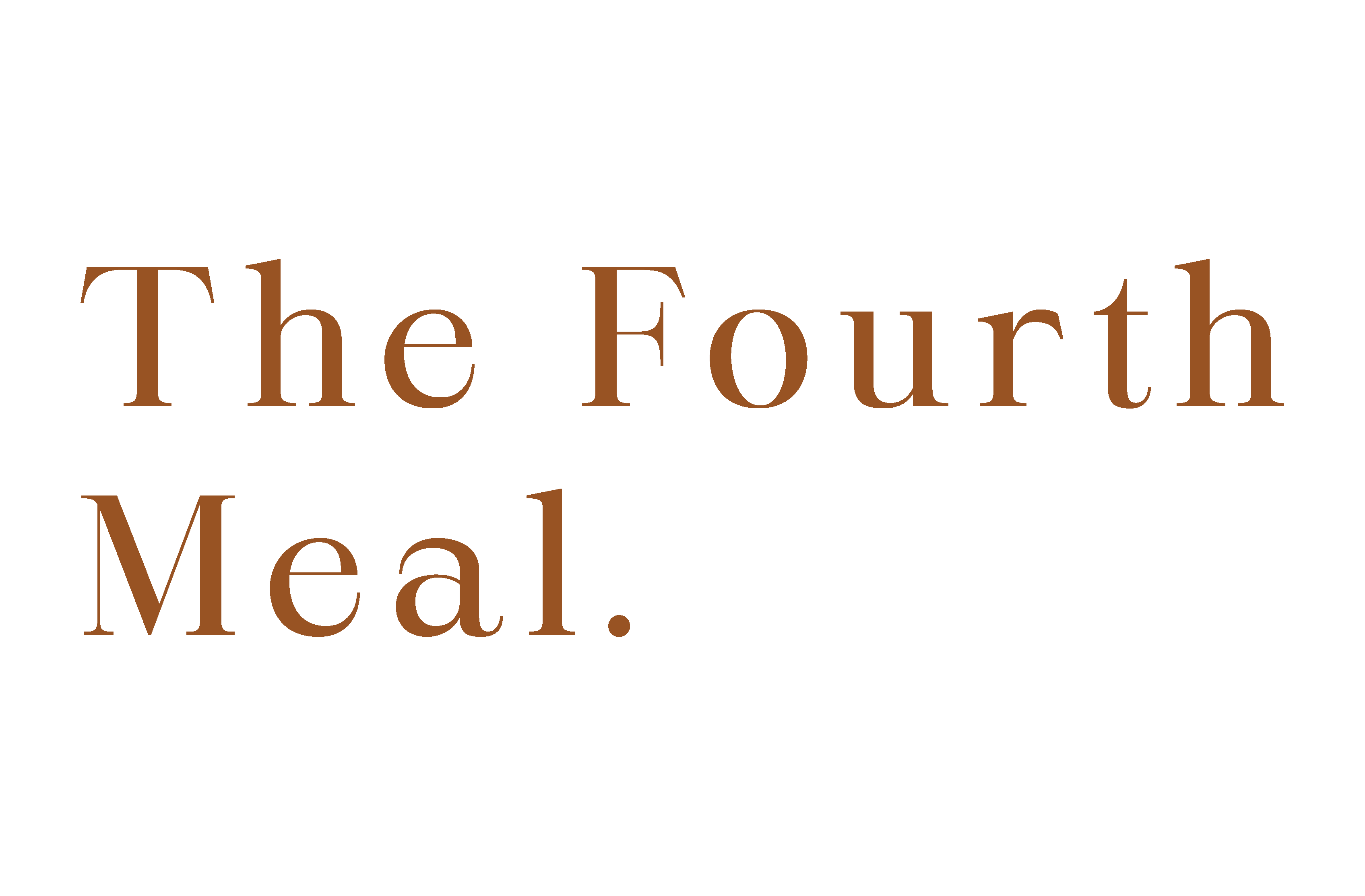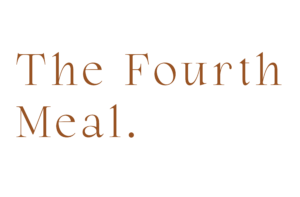THE TASTE OF SMELLING
HOW THE NOSE DETECTS FLAVOR
Ever heard the saying, “You eat with your eyes first”? To a point, I tend to agree but to a higher degree, I believe that it is the nose that you eat with first… Let me explain…
Of all the senses that we use in the culinary field, none is as important as the sense of smell, it is the aroma that teaches us the difference between good and bad, sweet and savory, bitter and sour, way before the food even interacts with a single taste bud. It is this connection to taste that makes the nose superior. Our sense of smell is responsible for about 80% of what we perceive as flavor, without it our taste would only be limited to the 5 Basic senses namely sweet, sour, bitter, salty, and umami. The nose is the first line of defense when it comes to avoiding bad foods, poisonous substances, etc. when something smells bad, it is our body’s way of telling us to avoid it.
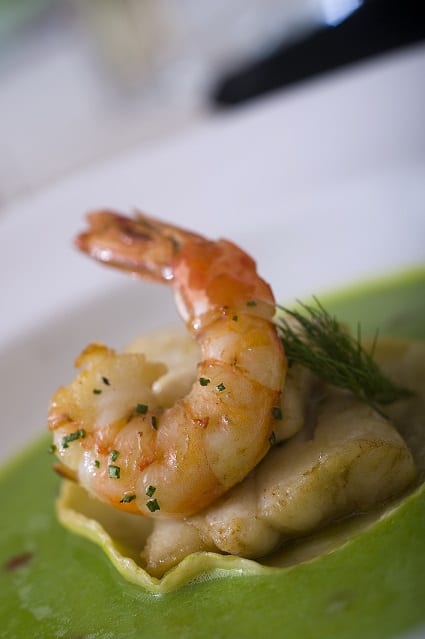
The make up of senses
The sense of smell is formed by olfactory chemosensors located in the nasal cavity and has various functions, such as the detection of hazards, pheromones, and food. The integration of olfaction and the sense of taste are what primarily form what we perceive as flavor.
Flavor can be defined as the sensory amalgamation of smell and taste from food and other substances. But what is taste then, you ask? Taste relates to our 5 basic sensitivities relating to the tongue (Sweet, Sour, Salty, Bitter, and Umami).
Olfaction occurs when airborne odorants bind to specific receptors within the nasal cavity, these receptors respond by sending impulses directly to the olfactory bulb of the brain. Humans have about 12 million olfactory receptors distributed among hundreds of different receptor types that respond differently to odors (which is not a lot considering dogs have around 1 billion). So yeah, dogs would probably make better chefs than humans.
We are built by memories
Smell / Aroma is what connects us to our fondest memories more so than what we may have experienced with sight. It reminds us of what authentic food should be like based on past experiences; like grandma’s fresh scones baking at the crack of dawn or the smell of chicken casserole lingering at dusk calling you home to cozy up in front of the fire on a cold winter’s night. That is when a true chef’s training begins. It is rare to find a chef whose skill of flavor detection was not formed by these memories. A Chef’s path is a life-long journey commencing at the heart of every mother’s kitchen.
Both taste and smell rely on chemical receptors being stimulated by certain molecules. The primary detectors of taste are the taste buds located on the tongue. The connection of the nasal cavity to the back of the mouth/tongue allows for the detection of the all so important flavor. Back to the point that smell = 80% taste, this is why it is hard to taste anything when your nose is blocked.
What distinguishes a great chef from a good one is not how good a plate looks or how expensive the ingredients used were, but how well he/she can tell a story on a plate (or slate or wooden board… u get my drift) and entice not only the sense of sight and provoke positive emotion but most importantly to balance all this by mastering the taste of smell.
